Ever wonder why movie stills from the 1920s and 30s look so drop-dead stunning? And why professional studio photos from the 1950s onward look so, well, chintzy? It’s not your imagination or cheap modern printing processes. There actually are long-forgotten techniques used by the still photographers in early Hollywood. Fortunately, George Arliss was our man on the scene during that Golden Age so let’s take a look at some superb original 8×10 and 11×14 inch portraits by these Rembrandts of film to uncover some of their methods.
Admittedly a self-consciously artsy photo, this Bert Longworth portrait of Mr. A suggests a 3-D quality:

THE MILLIONAIRE (1931)
Here’s a refreshing outdoor composition by Irving Lippman. You can almost feel the warmth of the sunshine:

A SUCCESSFUL CALAMITY (1932)
Photographers understood the inherent drama of black & white as this stark study suggests:

VOLTAIRE (1933)
This is one of several portraits that Warners commissioned when Mr. A signed to make talking pictures in 1928. The unknown photographer has subtly softened the focus on the facial features without calling attention to it:

The portrait above is 4×5 and here is the 4×5 work negative it was made from (cropped due to my scanner):

And here is a painting that Gaumont-British studios made from the same photo a few years later:

I have not enhanced the colors – they are as vibrant now as they were 75 years ago.
Getting the flesh tones right marked the true artist, not too light and pasty, not too dark:

THE MILLIONAIRE (1931) by Bert Longworth
The still photographer often worked closely with the cinematographer on lighting. Here notice the “candlelight effect” that was a challenge to achieve due to the relatively low sensitivity of film stock of the time mandating lots of lights – there is minimal frontal lighting, the glow from the fireplace at right is noticeable, and most of the lighting comes from overhead:

VOLTAIRE (1933) with Doris Kenyon and Reginald Owen
A dramatic portrait by Elmer Fryer:

THE MAN WHO PLAYED GOD (1932)
An uncharacteristic pose of Mr. A, note the sharp focus on the face:

We’ve discussed the role of lighting, lenses and focal points, but what was the real secret that makes the work of these vintage photographers unattainable their by counterparts today? Ready? It was the size of the negatives they used. They didn’t use those handy 35mm rolls of film or larger rolls that produced negatives about 2 1/2 x 2 1/2 inches square. No, these da Vincis of da camera used gigantic negatives measuring 8 x 10 inches. In other words, those beloved 8×10 stills that film buffs admire are not enlargements from small negatives like today, they were contact prints!
Here’s an original 8×10 negative – and yes, it required a huge, bulky camera:

Most digital scanners today can’t handle these 8×10 monsters but the depth of field these negatives produced just can’t be duplicated with smaller size negatives. It’s the difference between painting a miniature or working on a large canvas
And here’s this negative turned into a print:

THE LAST GENTLEMAN (1934) with Rafaela Ottiano, Donald Meek, Frank Albertson, Janet Beecher, Charlotte Henry, Edna May Oliver, Ralph Morgan, and Mr. A.


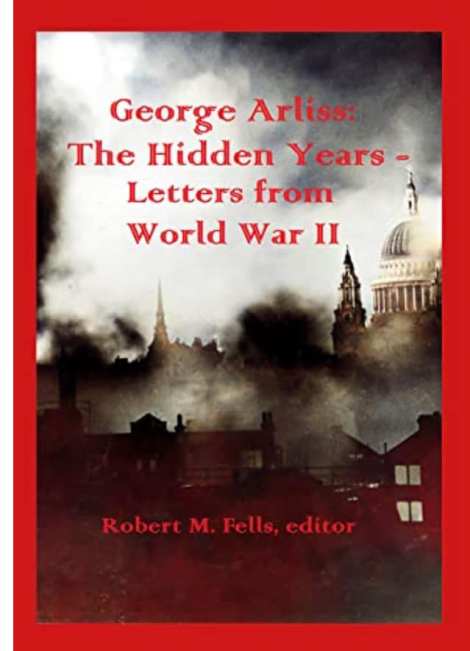
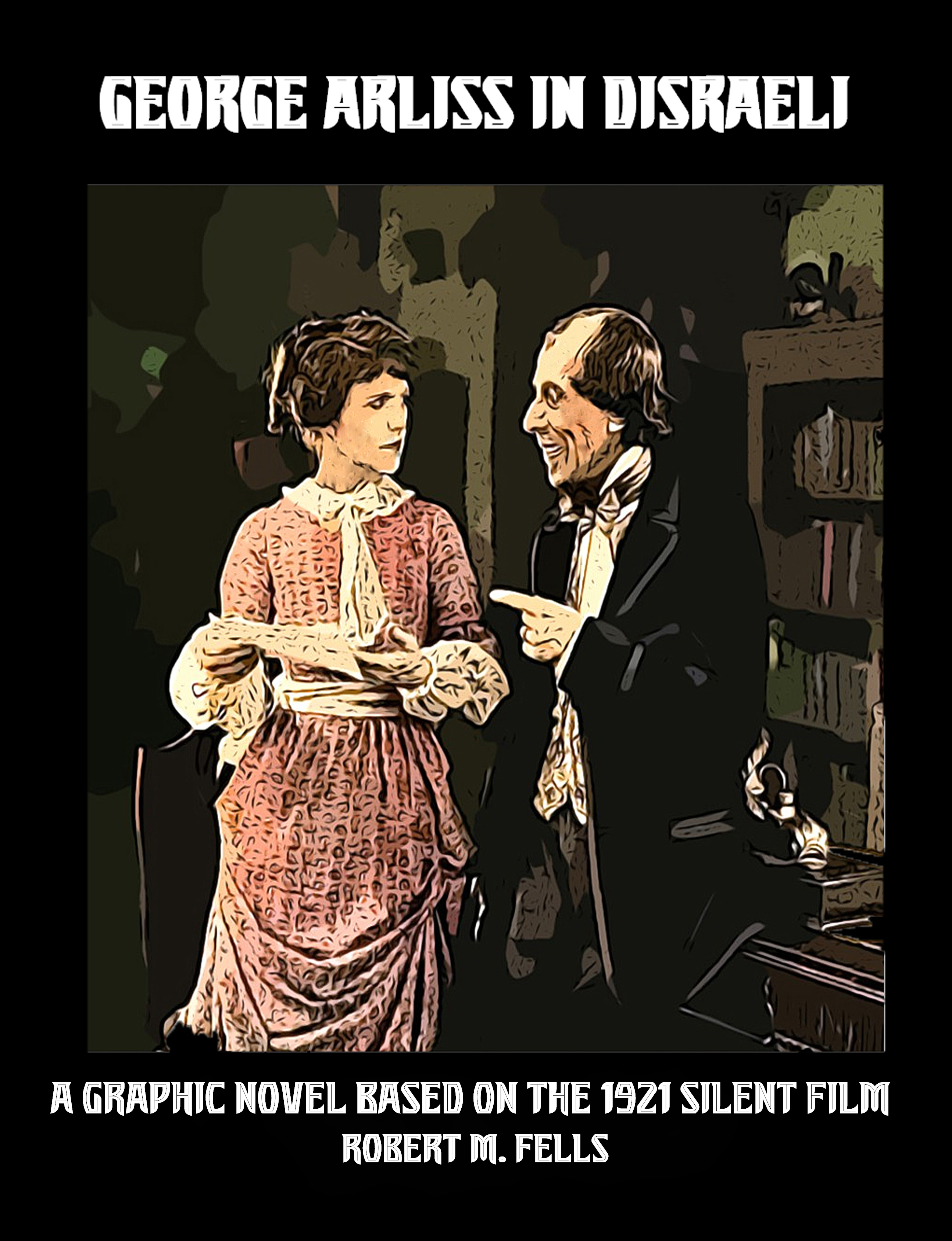
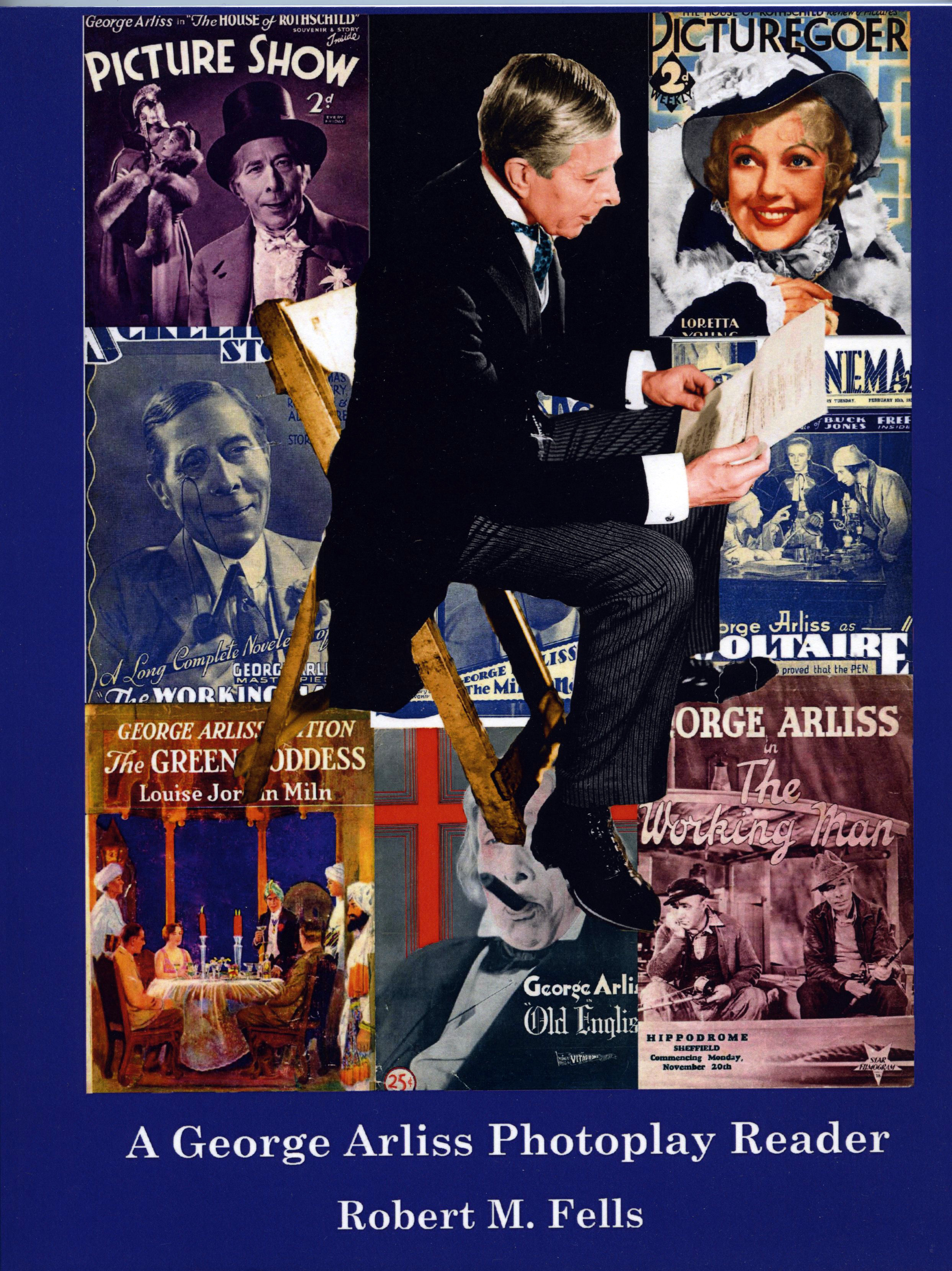

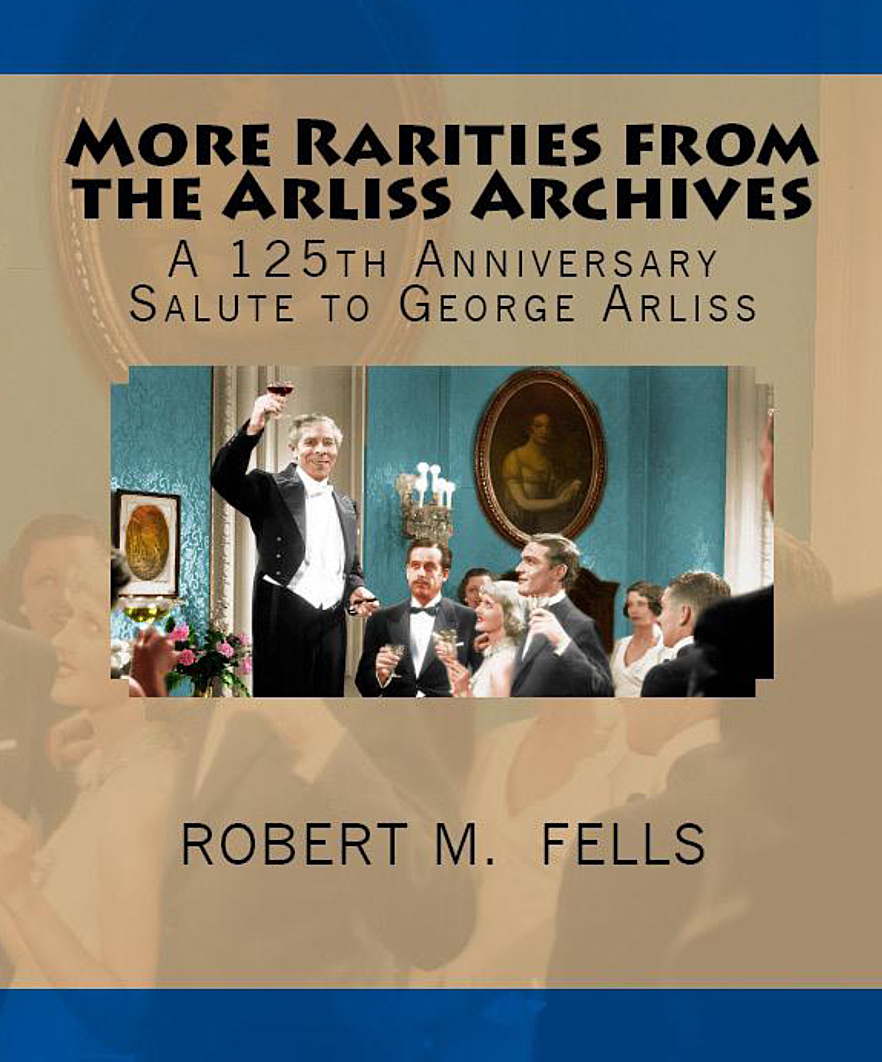
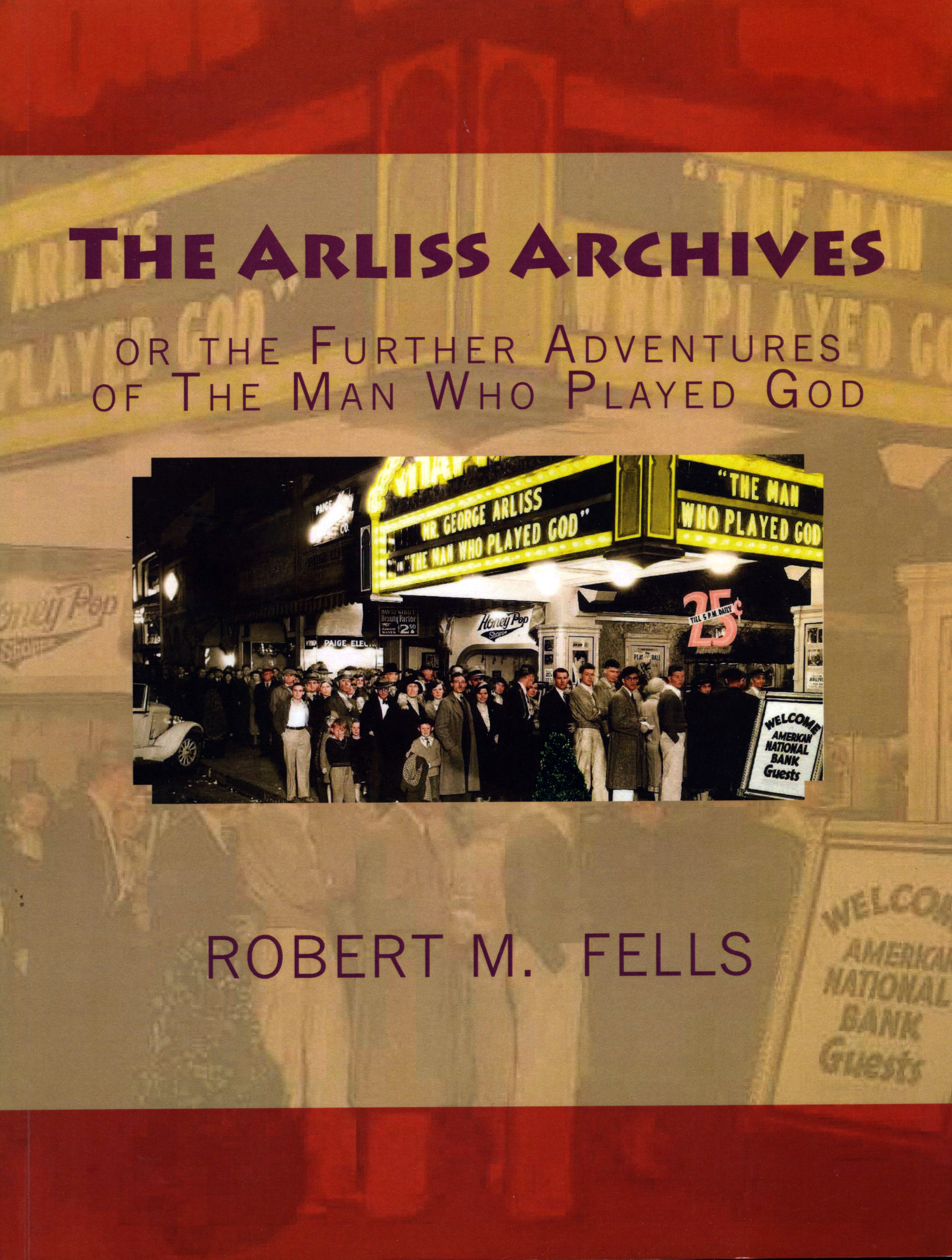
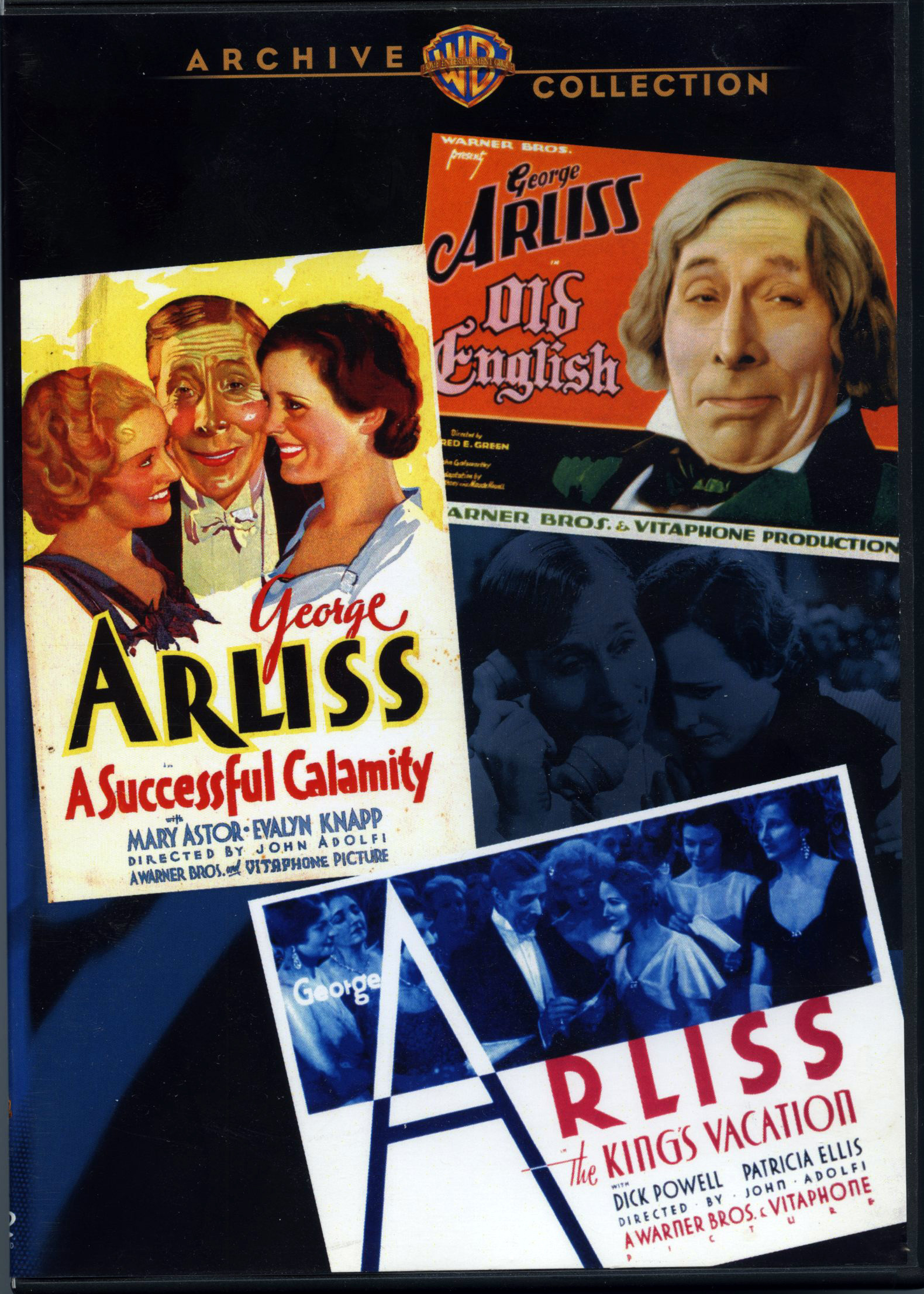




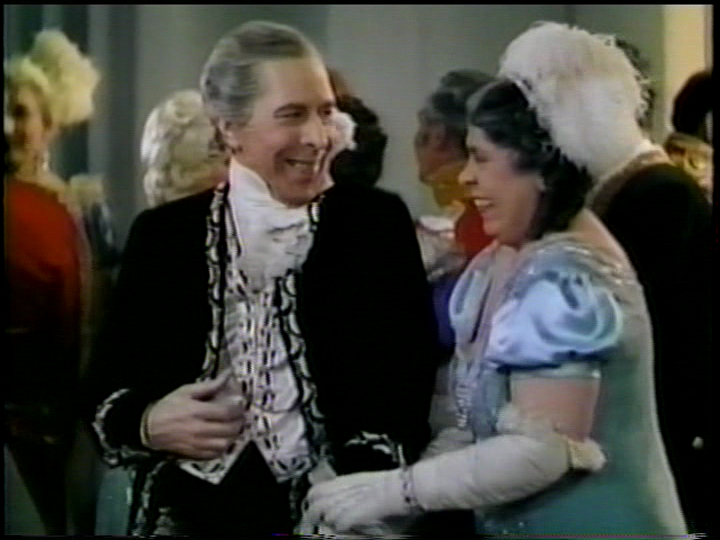

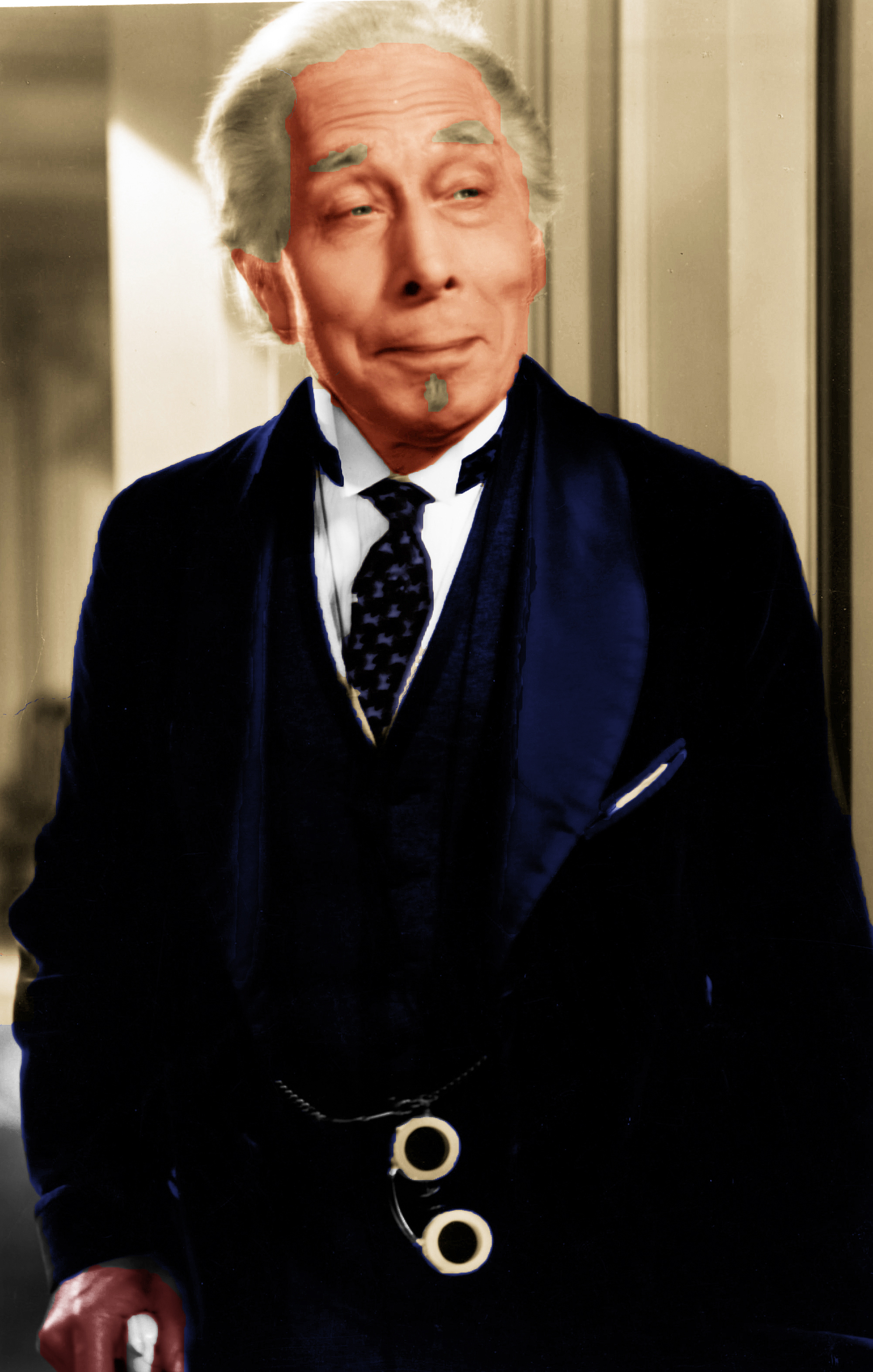
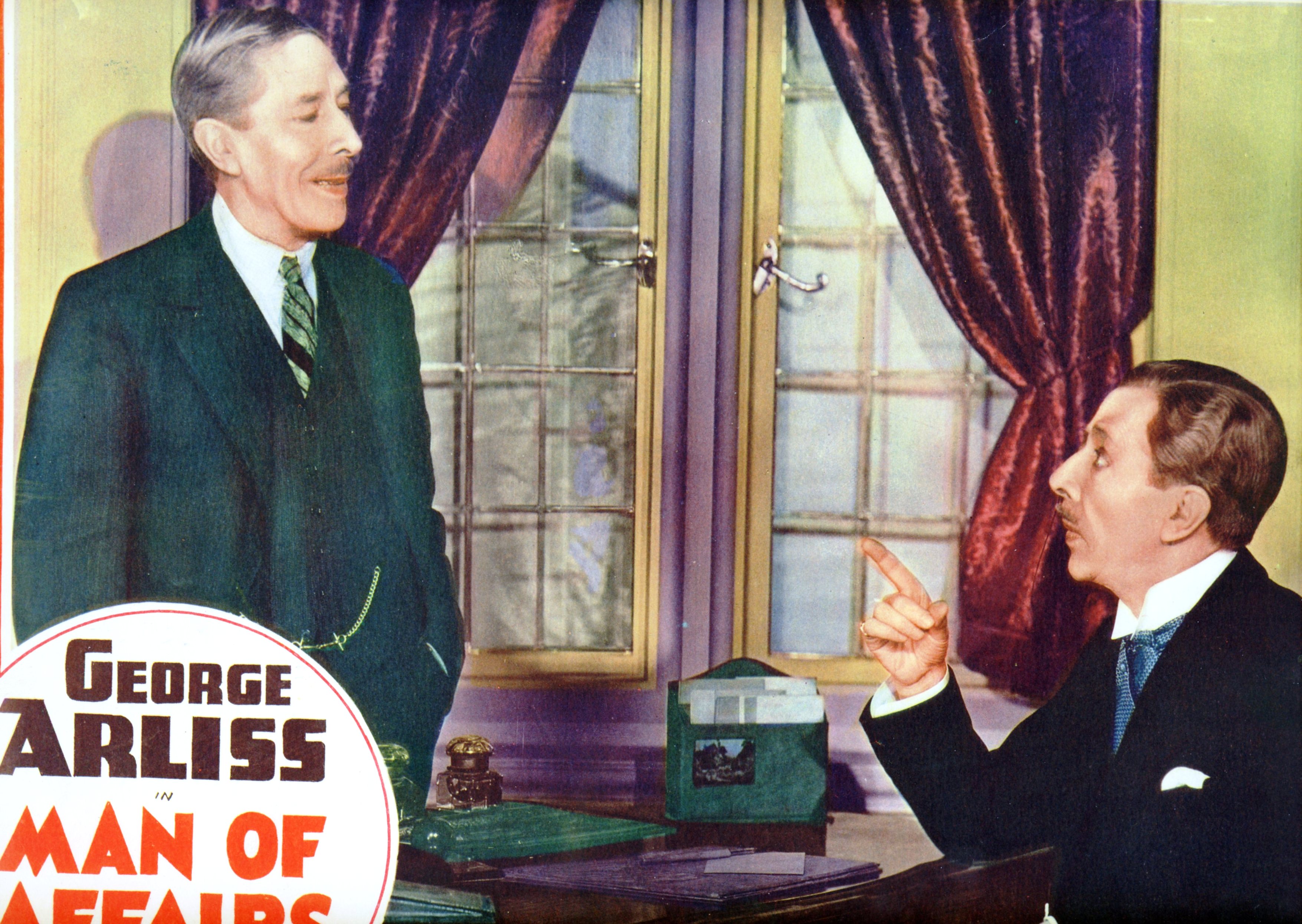

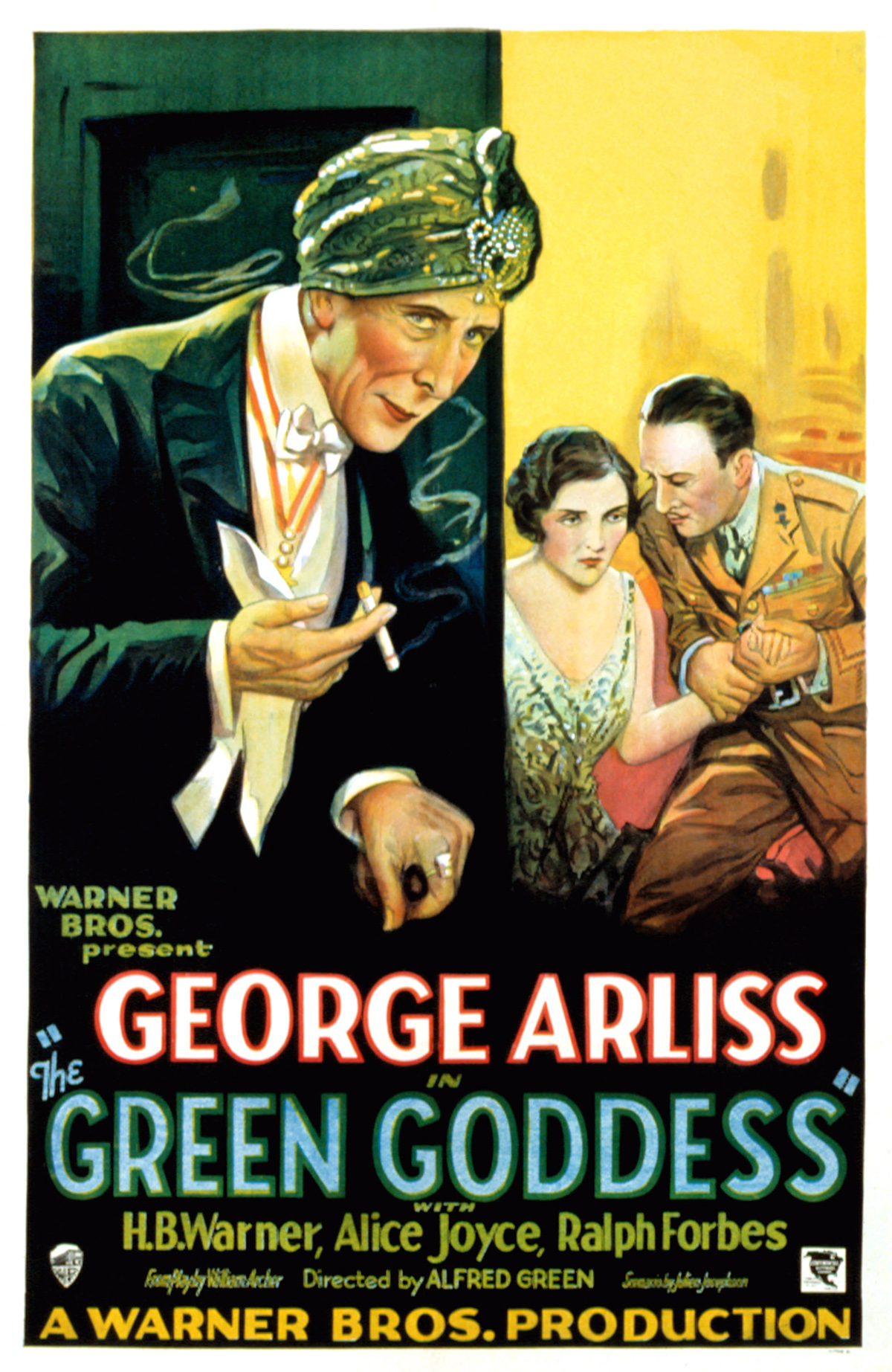
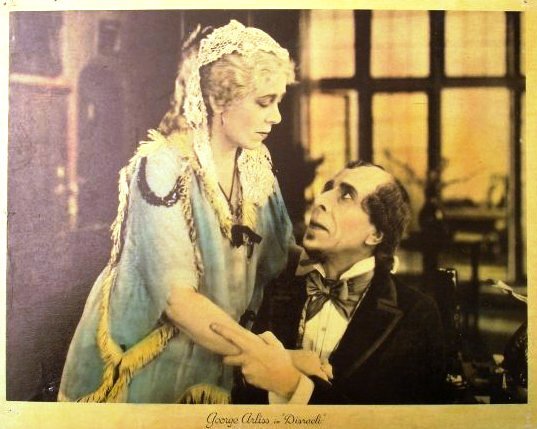

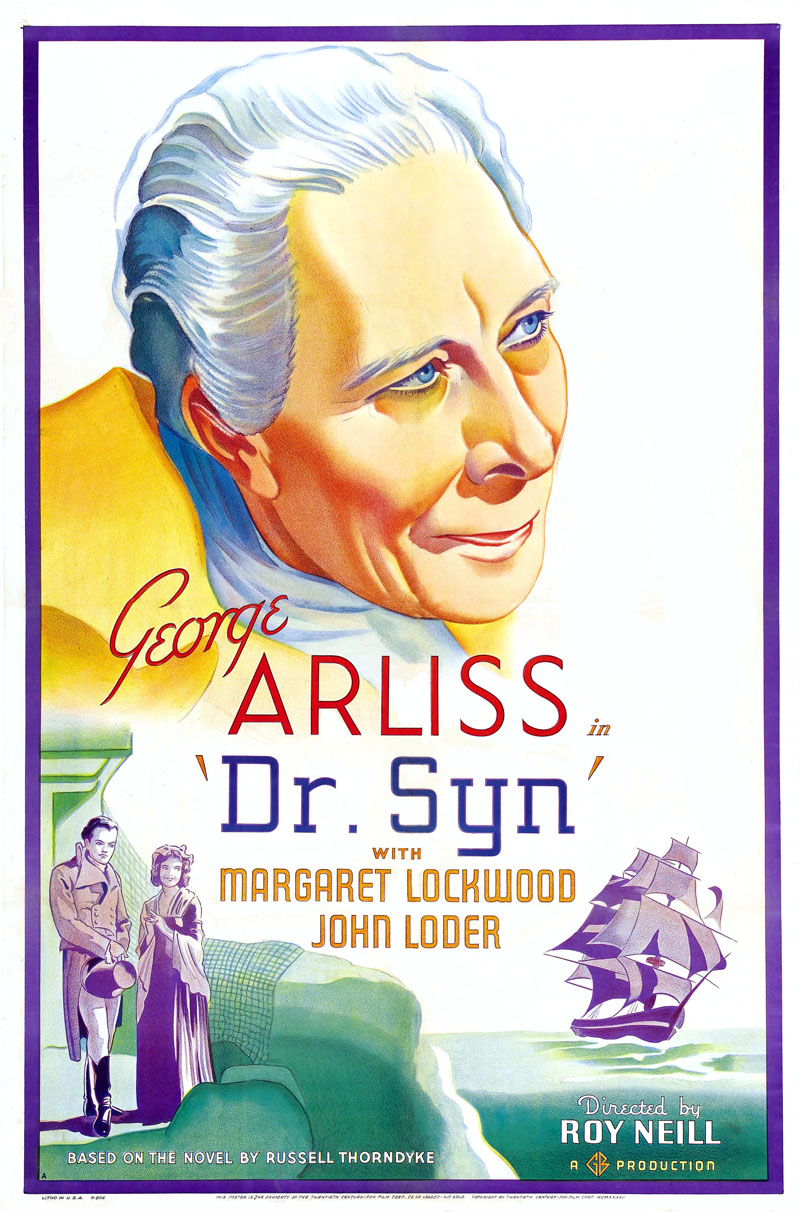
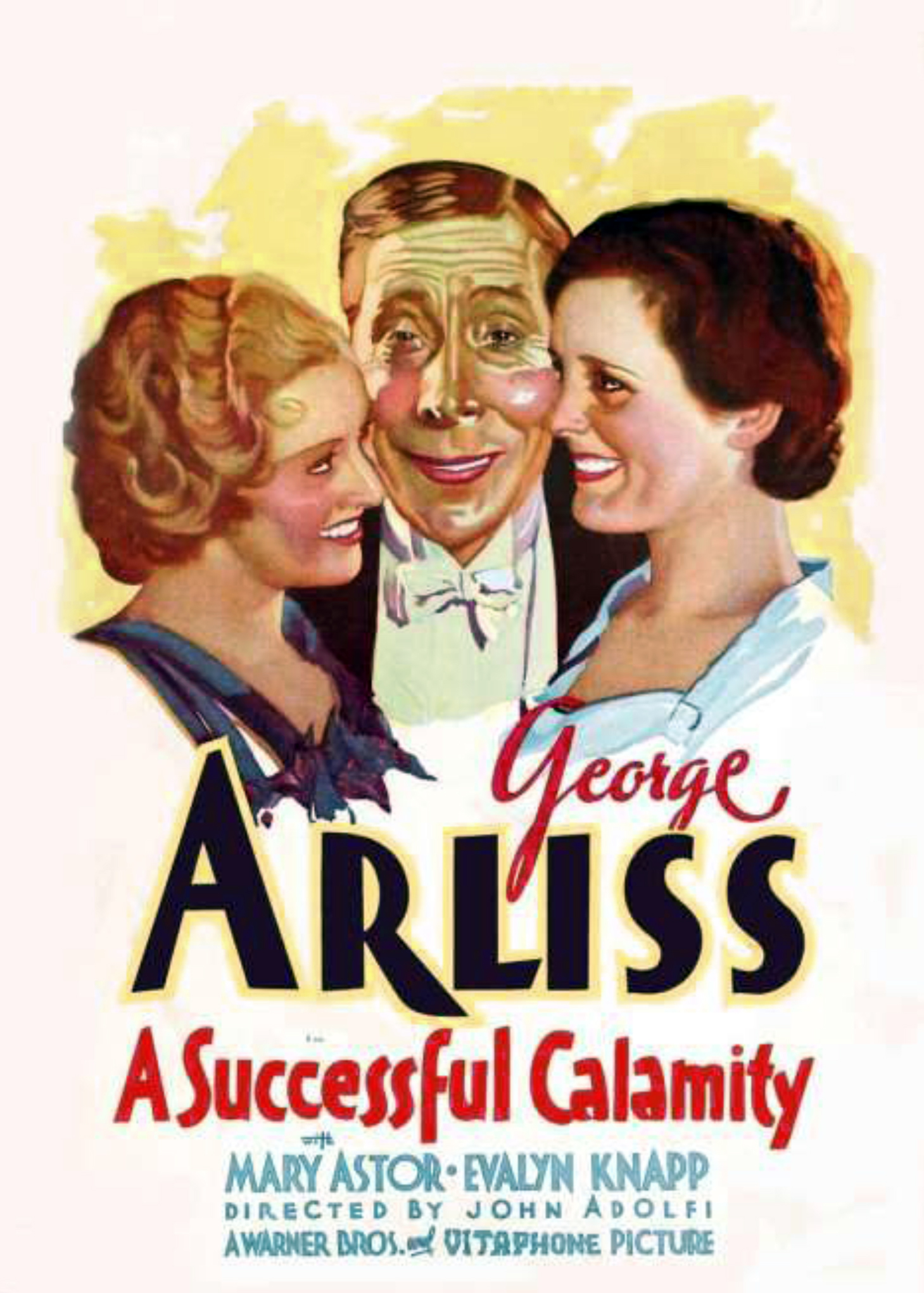


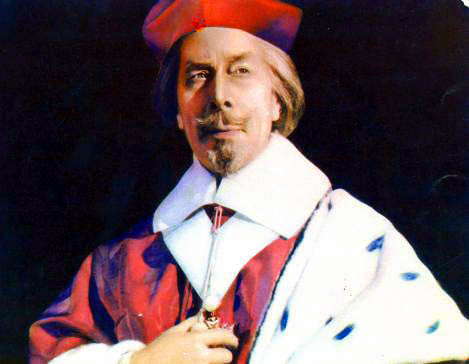

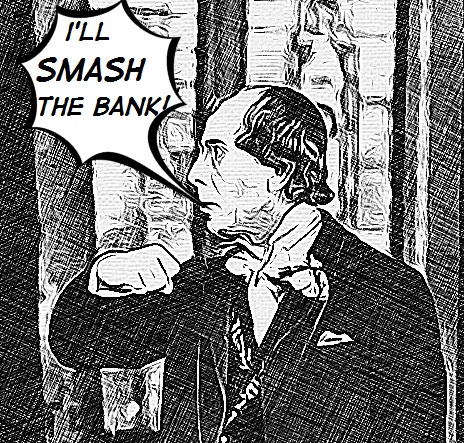


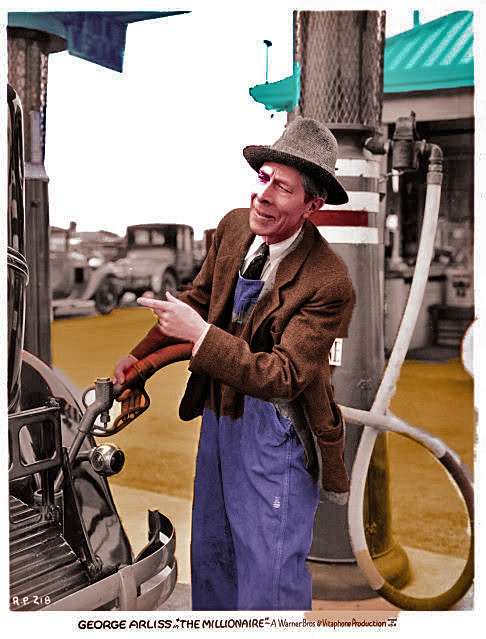

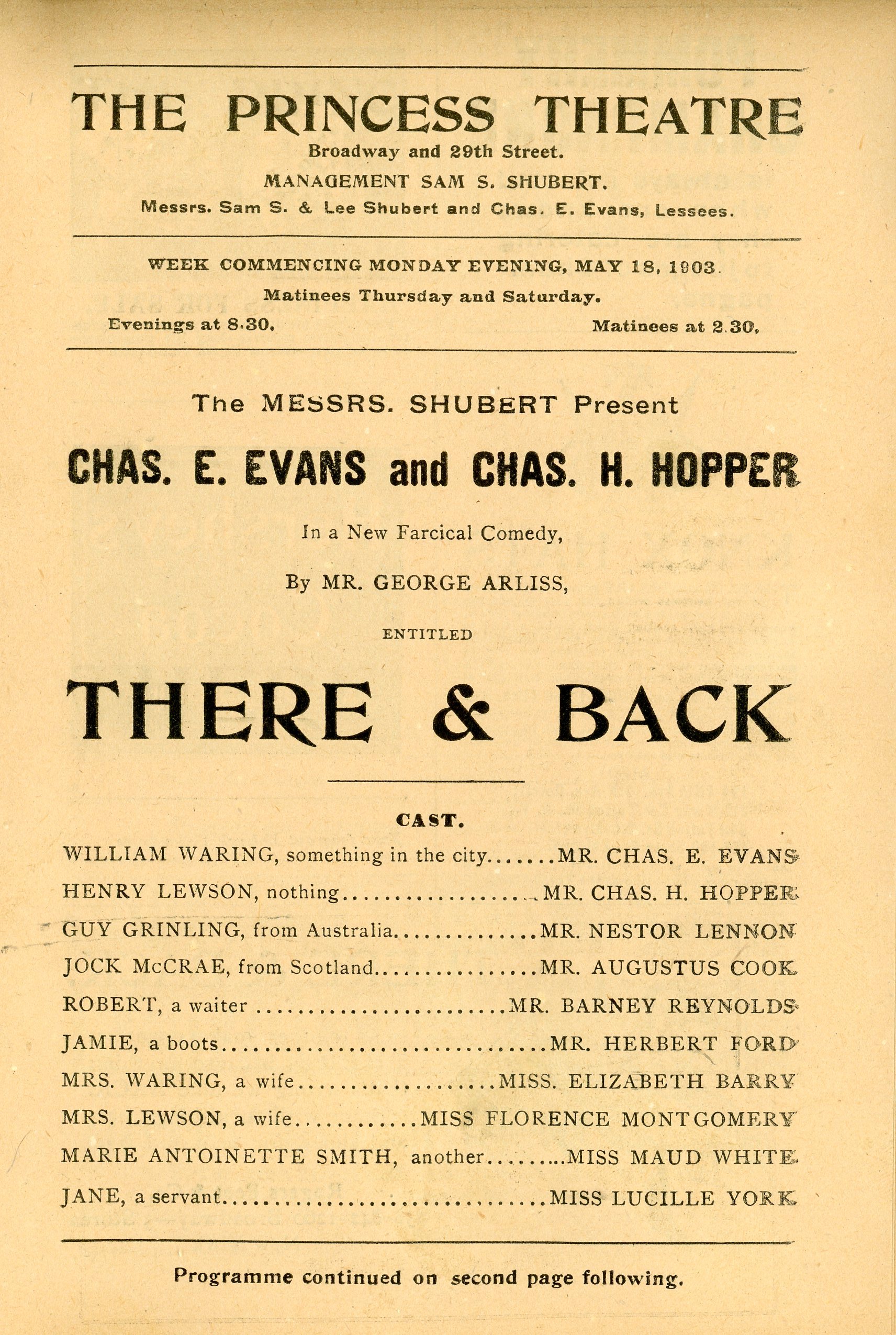

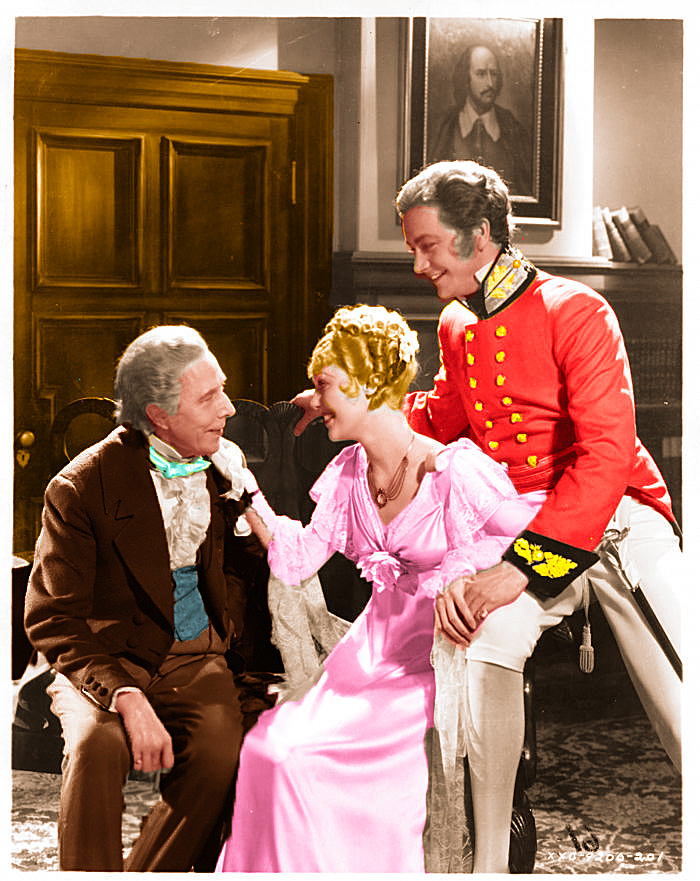
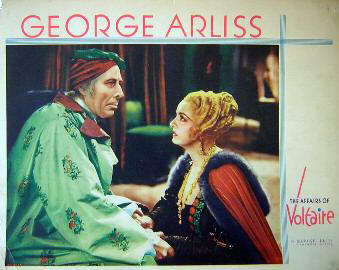
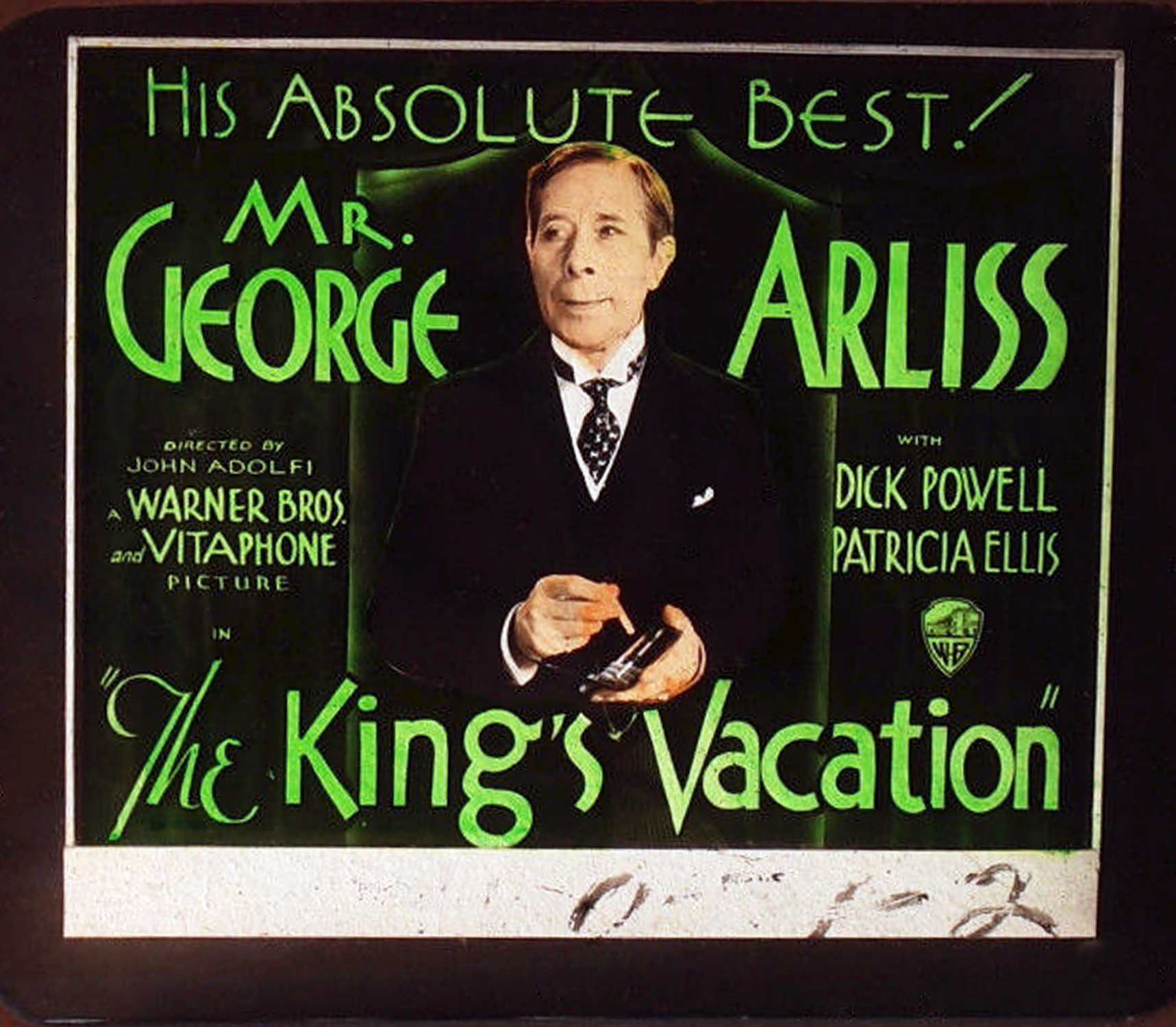

Great info about still photos and large negatives … I have some from the cemetery that were taken back in the 1920s and 1930 … large as a postcard … they make great reprints if you can find a place to do such.
The scanner I use is an Epson 600V and it’s great and relatively inexpensive. The only drawback is that it can’t scan negatives that are more than 2 1/2 inches wide. The designers were evidently not considering the huge negatives from long ago.
Its funny that I should read this post today because two nights ago, Sunday, I was on Ebay bidding on a bunch of movie and portrait stills. There must have been a dozen George Arliss photos, from a variety of his movies, and I think maybe two or three were from stage productions. Great stuff. There is one seller (JP-The Mint) who lists about 4,000 stills on Ebay with the auction ending around 11:00pm Sunday nights. All items have opening bids set at $9.99.
I got a fantastic Hartsook 8×10 portrait of Claire McDowell c.1915 for under $10 (I was the only bidder, which helps!) I was outbid on another couple of photos from well-known photographers, but I wound up with 9 really nice ones all (except one) for under $10. Last week I found an oversize 11X13 still of Billie Burke by Sarony from a 1913 stage production, again for under $10. The problem is you have to pull yourself back and restrain the impulse to bid on everything you like which, even under 10 dollars each, can add up really fast.
I have to admit I never knew or really thought about the size of the negatives used back then. I’ve always noticed that sometime, maybe in the late 1930s or 40’s, the quality isn’t the same, but I’ve always written that off to poor quality mass-reproduction, as opposed to the source negatives!
JP-Mint is sort of recycling some of their high end photos that failed to attract bidders in the past so bargains can indeed be found. Anything I pick up on Mr. Arliss will eventually be posted here so you may want to concentrate on items that will disappear if you don’t get them. On ebay, it is amusing to see sometimes the same photograph offered by different sellers at wildly different prices.